What is Psychedelic Therapy, and Can It Improve Your Mental Health?
Key Points:
- Psychedelic therapy uses a combination of controlled psychedelic drug use with talk-based therapy.
- Psychedelic therapy research has shown positive results in treating mental health issues, including depression, PTSD, and addiction.
- Psychedelic therapy is still outlawed in much of the US, but can be performed under the certain circumstances.

The use of psychedelic drugs to alter states of consciousness is nothing new; shamanic and spiritual groups have routinely performed such practices for thousands of years.
But with the loosening of anti-drug laws surrounding therapeutic psychedelic usage, and the advent of new technologies such as PET and MRI scanning, it is now possible to examine the effects of psychedelics on the brain.
As a result, a surge of renewed public interest in psychedelic drug therapy has emerged, with multiple studies showing strong correlations between psychedelic therapy and improvements in mental health conditions.
This article will cover everything you need to know about psychedelic therapy, overviewing the strength and limitations of current research, observed benefits and risks, and what you can expect from a typical psychedelic therapy session.
What are Psychedelics?
Psychedelics are a type of hallucinogenic – drugs that trigger non-ordinary mental states commonly referred to as psychedelic “trips”. Their use generates psychological, visual, and auditory changes resulting in altered states of consciousness.
The word psychedelic comes from the Greek words “mind” and “to manifest”, literally translating to “mind manifesting” – the implication being that psychedelics can reveal hidden but powerful potentials of the human mind.
Four of the most researched psychedelics thought to have therapeutic uses include psilocybin (found in over 200 species of “magic” mushrooms), LSD, and mescaline (found in the peyote cactus).
See this article for an overview of the most common psychedelics.
How psychedelics work on the neurology of the brain is still largely unknown, but they are thought to reduce activity in the default mode network (DMN), a set of brain regions that are active when not engaged in a dedicated task, such as when daydreaming, meditating, or self-reflecting.
When ingested, psychedelic compounds (under the guidance of trained professionals) are thought to break existing neural pathways, such as traumatic memories or addictions, allowing for the creation of new and novel ones.
What is Psychedelic Therapy?
Psychedelic therapy (or psychedelic-assisted therapy) refers to the use of psychedelic drugs, combined with professional and qualified therapists, to treat mental disorders. The therapy is typically facilitated by a trained therapist in a controlled and safe environment.
The aim of psychedelic therapy is to help individuals explore and confront difficult emotions, thoughts, and experiences that may be contributing to their mental health issues.
Often these issues lie deep in the subconscious, where it is hidden from view and difficult to treat and objectively assess.
By inducing altered states of consciousness through the use of psychedelics, however, individuals may be able to access these suppressed emotions and memories. Combined with expert counseling and qualified talk therapy, patients can gain new insights, perspectives, and understanding about their conditions while finding ways to heal and overcome them.
How Does Psychedelic Therapy Work?
Psychedelic therapy forms a unique blend of half therapy and half medication. While conventional medicines are usually taken daily without supervision, psychedelic therapy typically administers the drug in a single session (sometimes two or three) of a moderate to high dose.
Alongside the pharmacological effects of the drugs, a therapeutic team prepares the patient before ingesting the drug to align the goals of the session towards the needs of the patient, ensure their safety and comfort during, and integrate their insights afterward.
Many underestimate the importance of the therapy part of the practice, without which the pharmacological effects from the drugs would likely be short-lived and wasted. The drug acts as the catalyst of change, allowing the brain to respond to new insights offered by the therapists.
While under the effects of the drug, the patient usually wears a blindfold and or listens to music to focus on the psychedelic experience and heighten the feelings of enhanced conscious states.
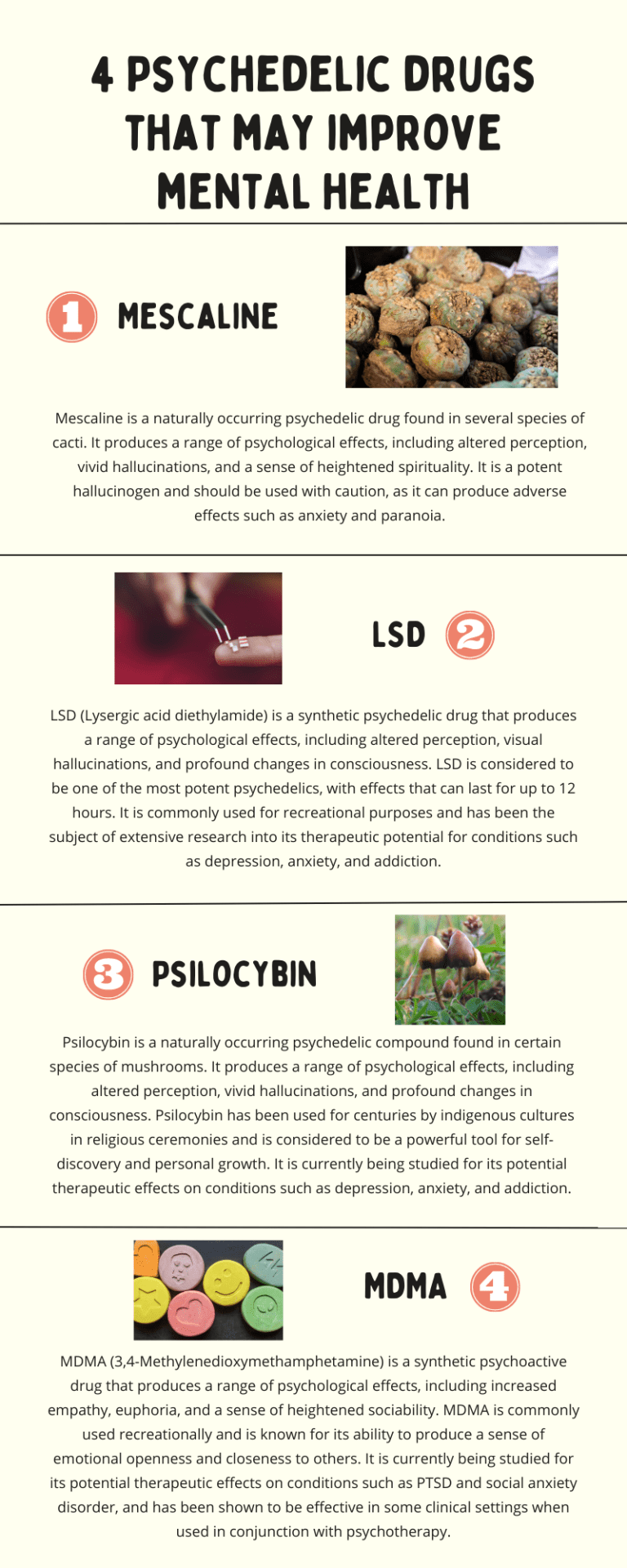
The Stages of Psychedelic Therapy
From start to finish, psychedelic therapy typically consists of three stages:
1) Consultation
As with any potent medication, the first step is to ensure that the patient does not have any contraindications to the treatments, such as a history of severe mental illness, respiratory conditions, pregnancy, age, and substance use disorders.
The consultation will also overview the patient`s aims for the session, and any particular issues or directions the patient would like to pursue.
2) Ingestion
The second phase involves ingesting the required psychedelic, either orally from a pill or via injection under the supervision of a trained therapist.
The number of times the drug must be taken depends on the psychedelic used; MDMA -assisted therapy can require up to 12 sessions, whereas ketamine, psilocybin, and LSD therapies typically require at least two sessions.
3) Integration
The final phase is integration, where the therapist and patient work together to integrate any insights and experiences brought to light from the session. Without this key stage, the experiences will likely not yield significant or lasting change.
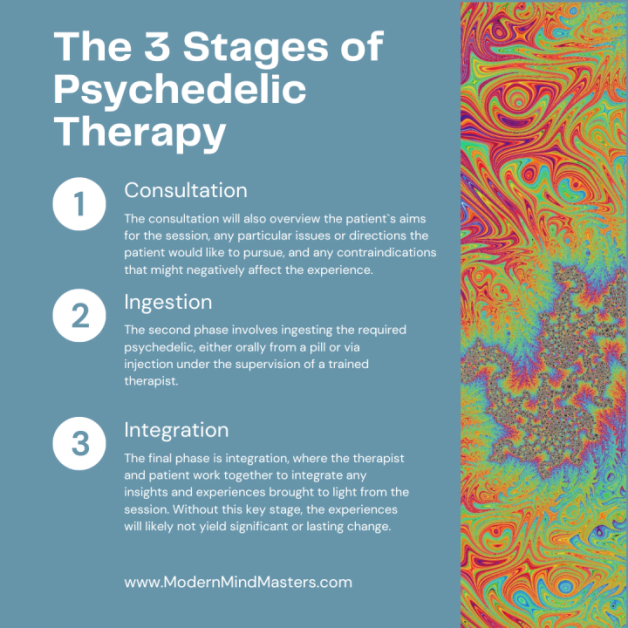
Psycholytic therapy
Psychedelic therapy and psycholytic therapy are both forms of therapy that use psychoactive substances to assist in the treatment of mental health conditions. However, there are some key differences between the two.
Whereas psychedelic therapy uses moderate to high-strength doses of psychedelics, under the guidance of trained therapists, psycholytic therapy involves lower doses of a psychoactive substance, such as LSD, to facilitate a less intense experience.
By using lower doses, the patient remains alert and conscious throughout the process and can remember their experiences more vividly afterward. The intensity of the experiences, however, is reduced with the dosage.
Psycholytic therapy aims to promote psychological insight and emotional release by inducing a mildly altered state of consciousness. Typically repeated at intervals of 1-2 weeks, this form of therapy is mostly used to treat patients with neurotic and psychosomatic disorders.
Are the Results of Psychedelic Therapy Strong?
Due to the relative infancy of scientific research on psychedelics, the strength of research performed so far is encouraging but not yet strong and consistent enough for widespread mass adoption of the practice into mainstream medical practice.
As of 2023, the body of high-quality evidence remains relatively small, although evidence is becoming increasingly stronger each year as the total number of papers on the subject continues to increase.
In general, however, the drugs remain poorly understood; scientists suggest that they reduce activity in some parts of the brain, such as the amygdala, where fear and anxiety stem from.
Because psychedelic therapy relies heavily on therapy as a tool to understand experiences and implement change, the degree of success depends on the environment in which they are administered, known as the “set and setting”.
Such variables include physical conditions, including size, age, and metabolism, as well as environmental factors, including the comfort and conditions where the drugs are taken.
While the research is still far from proving the exact scale of psychedelic therapy’s reach, the few significant studies completed to date point towards a significant possibility of change beyond the capabilities of current mental health treatment and medication.
Is Psychedelic Therapy Legal?
Pharmacology is a legal minefield at the best of times, so research and testing controversial drugs like psychedelics on live patients remains tricky at best.
Although a few states such as California, Washington D.C., and Oregon recently decriminalized psychedelics to some degree, as of 2023, psychedelic drugs remain a controlled substance under U.S. Federal Law, meaning therapy is not legally available outside clinical trials, with some exceptions.
Fortunately, the FDA has made continued research possible by granting psychedelics a “Breakthrough Therapy” status, expediting the assessment of promising drug therapies for potential approval.
In other countries, such as the Netherlands, psychedelic-assisted therapy is legal and regulated under certain circumstances.
Finding a place to legally perform psychedelic therapy in the U.S. remains complicated, even in states where it has been decriminalized. Although clinical trials and limited forms of state-level use have been legalized, there are currently no forms of psychedelic-assisted therapies that the U.S. government has legally sanctioned.
What Mental Disorders Can Psychedelic Therapy Help Treat?
Preliminary research has uncovered some potential therapeutic benefits of using psychedelics to treat mental health. These include:
1) Depression
In 2019, the FDA granted “breakthrough therapy” status to psilocybin for the treatment of depression to expedite the process for potential regulatory approval.
Depression is notoriously hard to tackle, but psychedelics such as psilocybin have shown great promise in tackling the issue from another angle.
Previous studies by John Hopkins Medicine have shown that psilocybin is effective in relieving major depressive disorder symptoms in adults for up to a month.
Recent continued research, however, has added further promise for psilocybin, showing that psilocybin-assisted therapy (taking a small dose in a controlled environment under professional supervision) provides benefits for at least one year after the session.
In the study, 27 participants with a long-term history of depression were given two doses of psilocybin two weeks apart. The psilocybin treatment produced significant decreases in depression up to 12 months after treatment, with 75% reporting improvements in depression and 58% considered in full remission.
While further research is required to determine its effects over greater periods, the significant effects, which are immediately apparent with a long-lasting duration, may provide a uniquely useful new treatment for depression.
2) Anxiety
Recent research has strengthened the findings from the 1950s and 1960s by showing that psychedelic therapy can be extremely effective in reducing anxiety, specifically by reducing activity in the amygdala, an area of the brain where feelings of fear and anxiety stem from.
One study showed the anti-anxiety effects on 51 terminal cancer patients who were given psilocybin-assisted therapy to determine any effects on symptoms of chronic depression and anxiety.
High-dose psilocybin resulted in decreases in measures of depressed mood and anxiety, along with increases in quality of life, life meaning, optimism, and decreases in death anxiety.
After following up with these patients six months later, 80% of participants continued to show clinically significant decreases in depressed mood and anxiety. The researchers argued that psychedelic therapy reduced their fear of dying, allowing them to establish positive connections of gratitude and acceptance.
3) Post Traumatic Stress Disorder (PTSD)
Post Traumatic Stress Disorder (PTSD) is particularly challenging to tackle using conventional medications and therapy because the trauma is lodged deep in a victim’s subconscious.
The Multidisciplinary Association for Psychedelic Studies (MAPS) has conducted studies seeking to understand how MDMA, a synthetic psychedelic that acts as a stimulant and psychedelic, could be used to treat PTSD.
Phase 2 of its trials tested MDMA-assisted therapy on 107 patients with chronic treatment-resistant PTSD for an average of 17.8 years.
After just three sessions, 61% of patients no longer had PTSD at a clinically diagnosable level. An overall remission rate over the six years of trials was 66%, with low rates of adverse effects. The results were so positive that MAPS and the FDA agreed to extend to phase 3 trials.
4) Addiction
Psychedelic research has shown great promise as a treatment for addictions, including tobacco, alcohol, and various illicit drugs.
A study by Johns Hopkins Medicine examined the effect of breaking a smoking habit on participants using psilocybin (magic mushrooms).
Whereas standard smoking cessation techniques, such as nicotine replacement and varenicline, typically achieve a 35% success rate after six months, the abstinence rate for those treated with psilocybin was 80%.
One possible mechanism for this is thought to be the decrease of activity in the Default Mode Network, where stubborn habits and neural connections have been shown to break down following ingestion of psychedelics, allowing new healthier ones to form.
LSD, once a recreational drug that Steve Jobs, co-founder of Apple, named “one of the two or three most important things he had ever done”, has been found effective in reducing alcohol misuse after the first session.
The beneficial effects were also seen at the six-month mark, but no statistical significance was witnessed beyond 12 months post-treatment. Further research is needed to determine if a second session can produce the same result, suggesting that LSD-assisted therapy might be a treatment that needs to be repeated once or twice a year.
5) Emotional and Spiritual Enhancement
Psychedelics such as psilocybin, MDMA, and LSD have been shown to increase neural connectivity and communication between brain regions involved in emotional processing and regulation, helping to access and work through difficult emotions and past traumas and create greater emotional flexibility, resilience, and insight.
Hallucinogenic drugs have been used by religious and spiritual groups for centuries, so it is of little surprise that psychedelic therapy can induce profound and transformative mystical experiences for those spiritually inclined.
These experiences are often characterized by a sense of unity, interconnectedness, and transcendence of the self and can be a powerful catalyst for spiritual and personal growth.
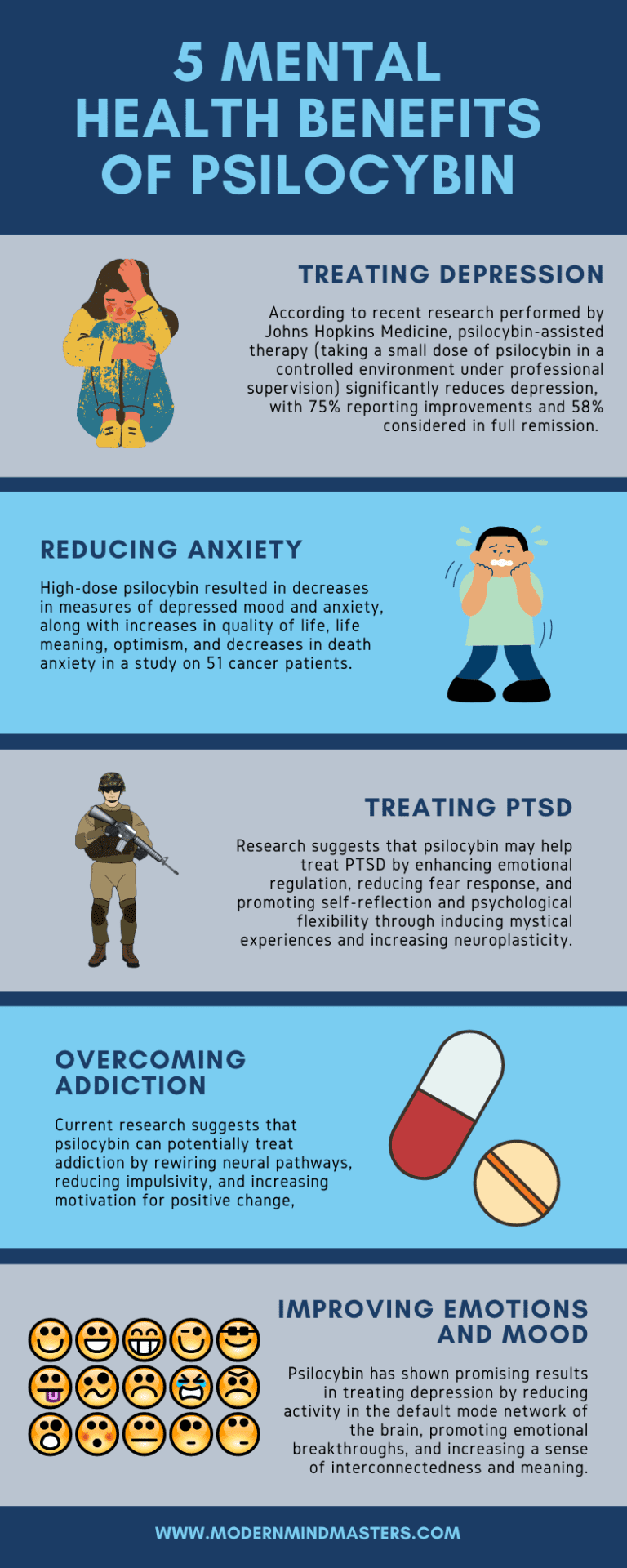
What are the Risks of Psychedelic Therapy?
As with all potent drugs, there are always risks and possible side effects that must be considered.
MDMA acts via a different mechanism than most other psychedelics, where it floods the brain with serotonin (as opposed to serotonin 2A receptor agonism, the ability of a substance, such as a drug or chemical, to bind to and activate serotonin 2A receptors in the brain). As a result, it can sometimes cause short-term blood pressure and heart rate increases.
For those predisposed to psychotic disorders, psychedelics can increase the risk of experiencing psychosis, a mental state characterized by a loss of touch with reality, often involving delusions and hallucinations.
Some experts have rightly expressed concerns at the rise of self-medicating, particularly after the 2020 Global Drug Survey showed an increase in the number of people who say they are self-treating various mental health concerns with psychedelics.
It is important to understand that psychedelic drugs should be administered in the presence of supervised professionals in the correct environment (set and setting) to minimize the chances of a bad trip and extract the maximum benefits created by the talk-therapy aspect of the treatment.
Where can I Find Accredited Therapy Sessions?
Anyone interested in exploring psychedelic therapy further must be diligent in selecting where they choose to partake in it; many unqualified places are attempting to make a quick buck in this nascent industry.
Although the legalities are complicated and vary per location, the database of accredited therapists is the best first place to find your nearest accredited therapist, as maintained by the Multidisciplinary Association for Psychedelic Studies.
How Much Does Psychedelic Therapy Cost?
The cost of psychedelic-assisted therapy can vary widely depending on several factors, such as the type of therapy, the location, the duration of the session, the credentials and experience of the therapist, and the specific psychedelic used.
While in some cases the costs may be covered by health insurance if prescribed by a licensed healthcare provider and deemed medically necessary, expect to pay between $1,000 to $2,000 for a single session. While certainly not cheap, this is one area of health where it is best to pay for higher quality.
Conclusion
While it may take time for politicians and legislators to accept psychedelic drug therapy as a safe and effective treatment for mental health, research is at least increasingly providing strong evidence that this is in fact the case.
Psychedelic therapy may one day be the go-to treatment option for notoriously difficult-to-treat mental health disorders such as depression, anxiety, PTSD, and addiction, with just a few sessions providing months of relief.
As society continues to explore the potential benefits of psychedelics and psychedelic therapy, it’s clear that these substances have the power to expand our understanding of the mind and perhaps even change the way we approach mental health and wellbeing.
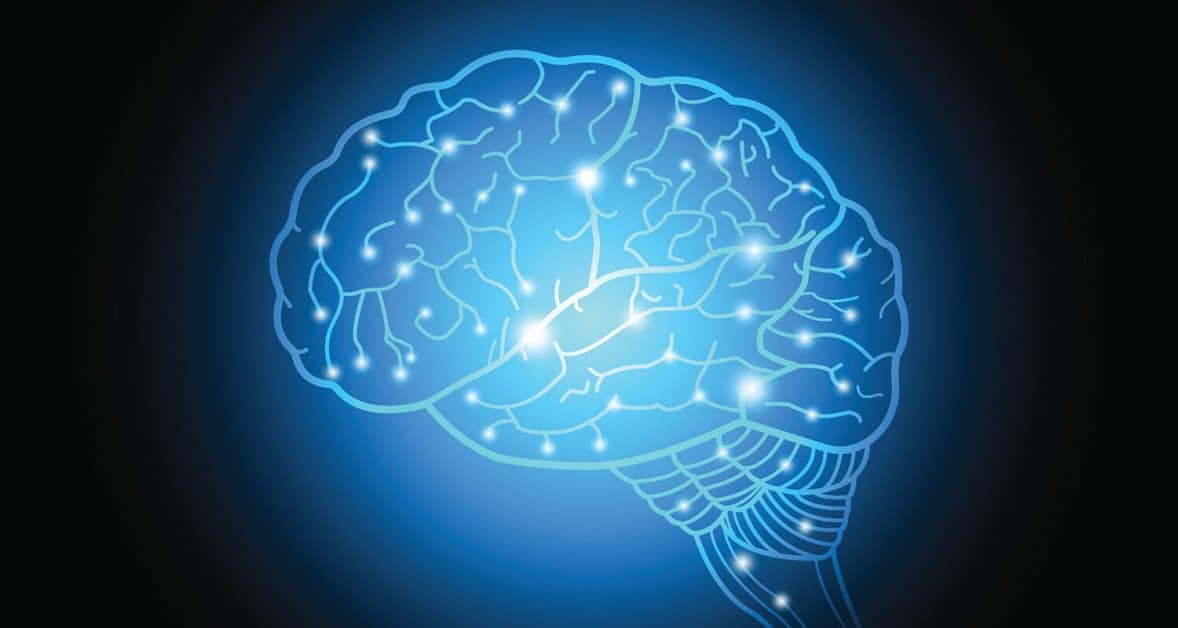
What Is Dopamine And What Does It Do?
Dopamine is a neuromodulator that acts as a messenger between neurons. It determines the amount of motivation and drive to achieve something and leave our comfort zone.

The Benefits of Grounding – What The Science Says
The benefits of grounding have been scientifically studied and include reductions in inflammation, diabetes, and stress.
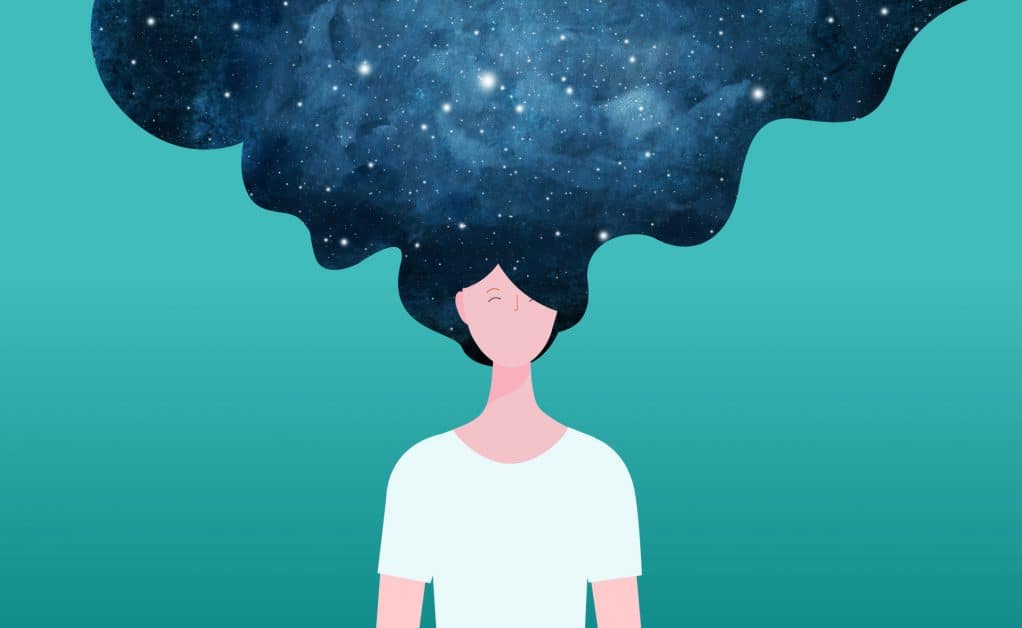
The Lost Art of Mindfulness
Mindfulness, the state of being aware of something, is the fundamental trait of awareness and self-improvement. Learn how to master this lost art.

The 10 Best And Worst Nootropics For Cognitive Performance
Nootropics, also known as smart drugs, are increasing in popularity among healthy individuals looking to increase cognitive performance and function.

Is Meat Good For You?
For years we were told meat was bad. The truth? Is meat good for you — absolutely. It’s one of the most powerful health foods

The Ultimate Guide to Believing in Yourself
Self-confidence is a lifelong battle, a way of life that must be approached with the right mentality. Learn everything you need to know to start believing in yourself.
Everything I wanted to know in one article.
Thanks! = )